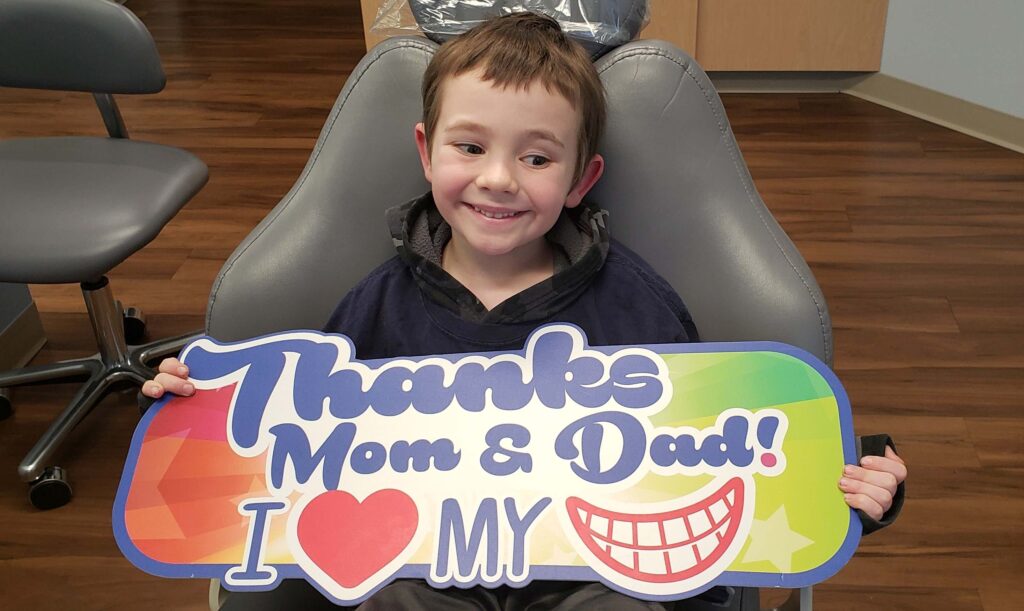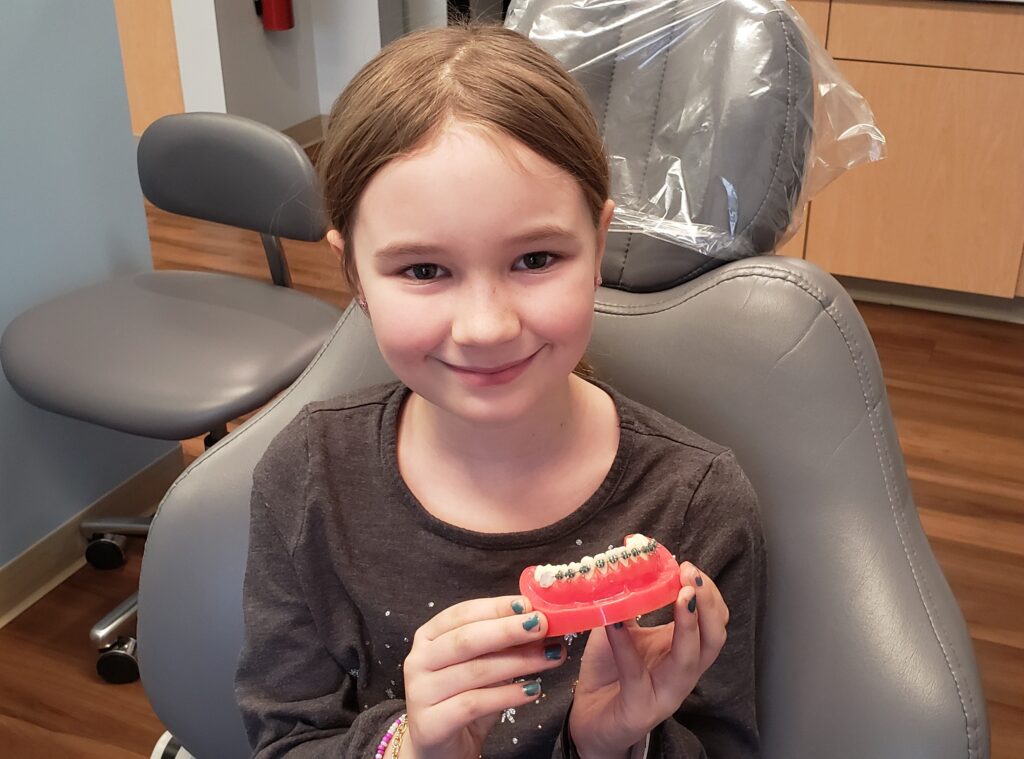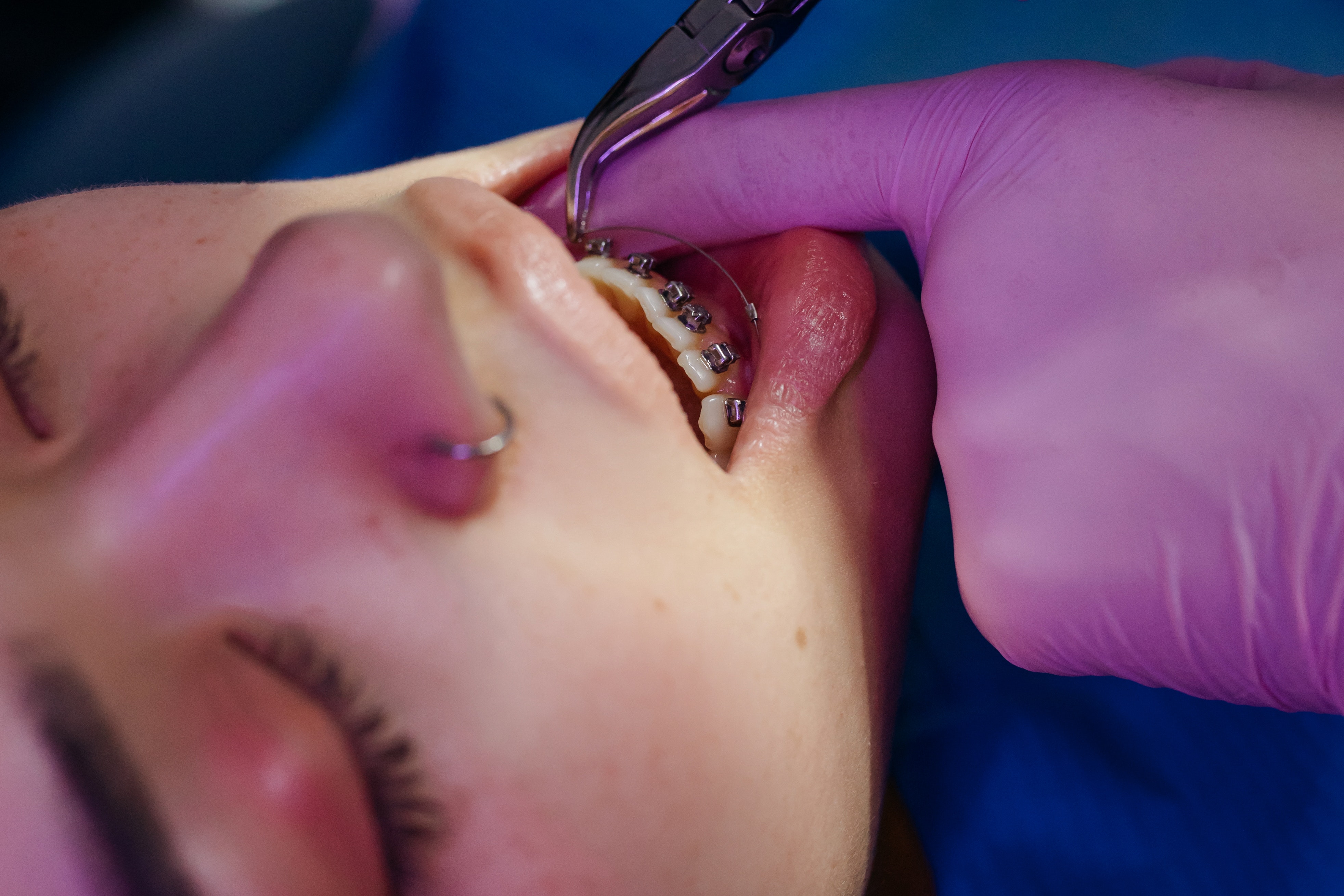Benefits of Orthodontic Treatment
May 10th, 2024

Orthodontic treatment goes beyond just straightening teeth; it's about enhancing oral health, boosting confidence, and improving overall well-being. While the aesthetic benefits are certainly appealing, the true value of orthodontic treatment extends far beyond a beautiful smile.
First and foremost, orthodontic treatment corrects misaligned teeth and bite issues, which can contribute to a host of oral health problems. Crooked or crowded teeth are more difficult to clean, increasing the risk of cavities, gum disease, and other dental issues. By straightening the teeth and aligning the bite, orthodontic treatment helps maintain optimal oral hygiene and prevents future dental problems.
Beyond oral health, orthodontic treatment can have a significant impact on an individual's self-esteem and confidence. A straight, beautiful smile can boost self-confidence, improve social interactions, and even enhance career prospects. Studies have shown that people with straight teeth are perceived as more attractive, trustworthy, and successful, highlighting the psychological benefits of orthodontic treatment.
Moreover, orthodontic treatment can alleviate various functional issues, such as difficulty chewing or speaking, jaw pain, and even headaches caused by misaligned teeth or jaw discrepancies. By improving the function of the teeth and jaws, orthodontic treatment enhances overall comfort and quality of life.
Additionally, investing in orthodontic treatment early on can prevent the need for more extensive dental work in the future. Addressing orthodontic issues promptly can help avoid costly and invasive dental procedures down the line, saving both time and money in the long run.
In summary, the value of orthodontic treatment extends far beyond cosmetic improvements. From promoting oral health and boosting confidence to enhancing overall well-being, orthodontic treatment offers invaluable benefits that can positively impact every aspect of a person's life.
Follow us on Facebook, Instagram or X (Twitter) for more helpful orthodontic tips from Dr. Douglas Barden and his team at his Whitefish Bay, WI office.

























 Website Powered by Sesame 24-7™
Website Powered by Sesame 24-7™